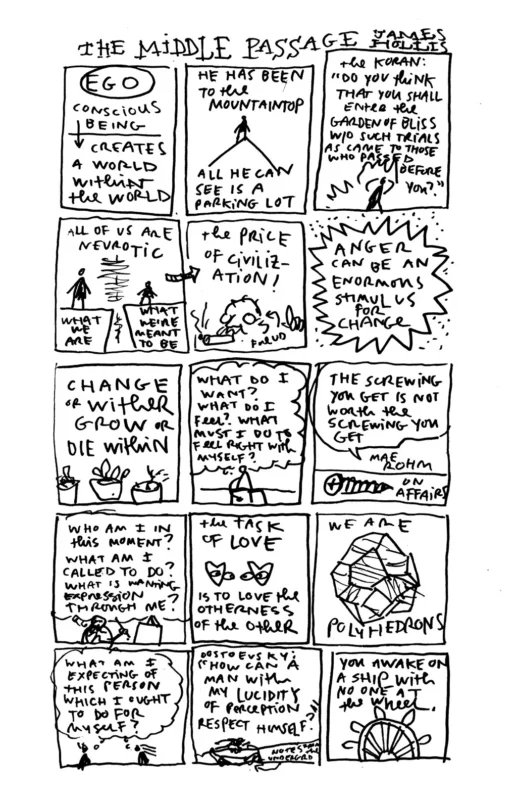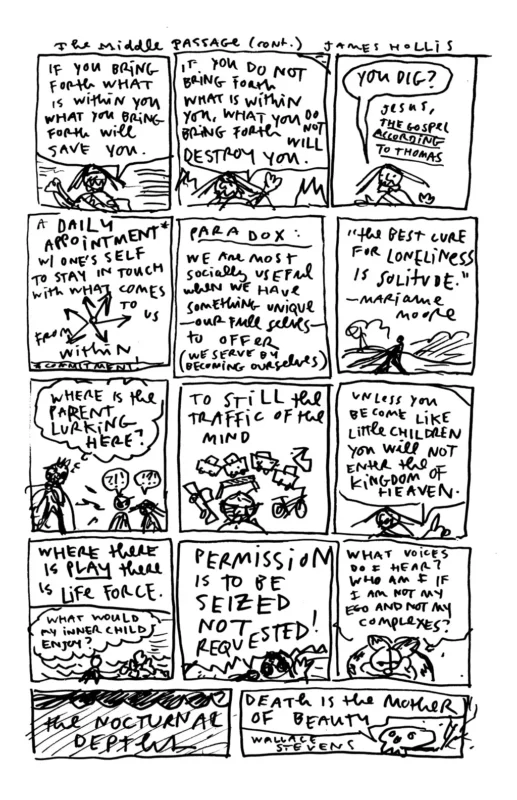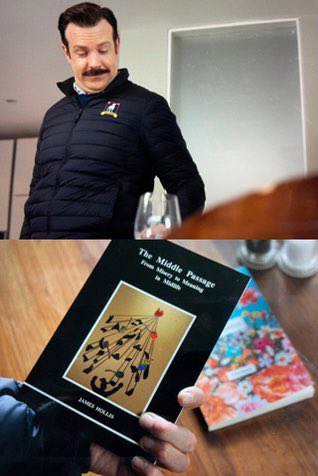
“Make it your ambition to lead a quiet life: You should mind your own business and work with your hands.”
—1 Thessalonians 4:11“I’m not trying to be aloof. My superpower is that I mind my own business… And I actually think that helps my productivity more than anything.”
—Hanif Abdurraqib
I would very much like to exclude myself from most narratives and become a congregant in “The Church Of Minding One’s Own Business,” which the writer Hanif Abdurraqib has explained on Twitter:
truly cannot stress how enthusiastically I’ve tried to convert my pals to The Church Of Minding One’s Own Business — has served me on every level imaginable over the past several years.
not even as a “no thoughts, head empty” thing, but my commitment to minding my own business sharply clarifies what I consider my business and what I absolutely do not, and so it realigns my focus, my depth of care for the things I DO care about, my actual & literal energy, etc
like, quite plainly, I think I love the ppl/things I love much better (& am more open/available/curious to love NEW ppl/things!) because of the space I save simply by understanding what I don’t have interest in knowing any more about
I think because we get tangible windows into the lives of others all day, it can be easy to be convinced that the window entitles one to a depth of knowing, but I have to resist that because I can turn back to the concrete/real knowing, the potential for new knowing, etc
all that said I do sometimes like to spy on a lil bit of mess from afar while doing a bit of procrastinating or whatnot, I treat it like a small television episode that I watch for a bit & then tap out of & mostly forget about
Amen!








 After I shared these it was pointed out to me that Ted Lasso spies the book on the table in his therapist’s apartment (
After I shared these it was pointed out to me that Ted Lasso spies the book on the table in his therapist’s apartment (